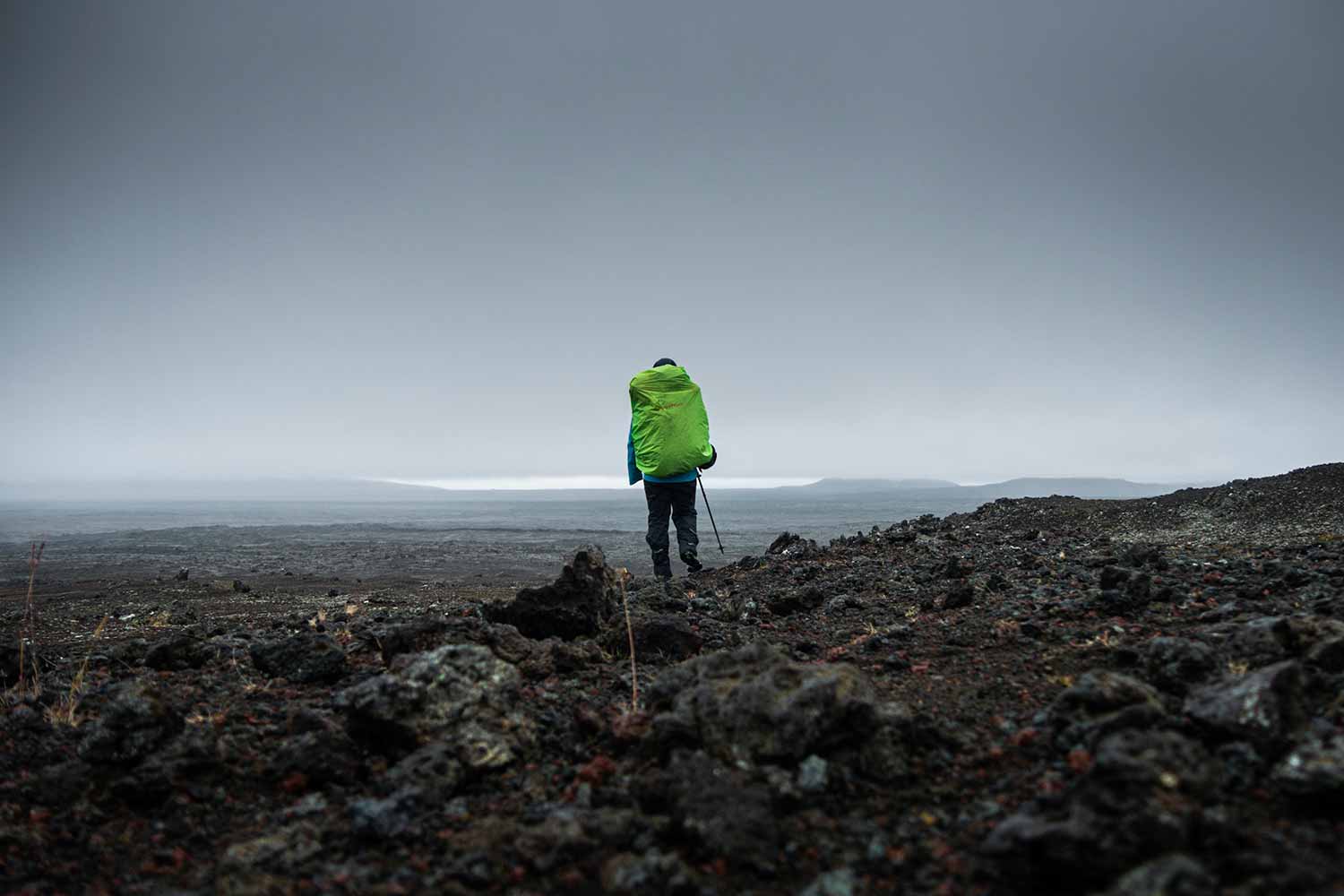My stay at a farm in Limousin allowed me, in addition to discover the cultivation of medicinal and aromatic plants and the harvest of chestnuts, to take an interest in wood management and the maintenance of a forest and the various arrangements that can be made with wood material.
Going back to simple things
In the principle of permaculture, the development of a territory is done by respecting certain rules of design including the development of the area in form of zones. The areas closest to the house are dedicated to food production (vegetable gardens, orchards) which must be accessible as easily and quickly as possible. Then come the areas possibly dedicated to livestock and forest garden, then the wilder, more distant areas whose human impact must be minimal. Usually these are areas of wild meadows or woods / forests left for biodiversity. Several sub-zones can be defined, between zones where the exploitation of resources will be present but controlled and completely wild zones. In most places following these principles, the land is divided in a more or less obvious way according to these zones and the bottom of the property is often occupied by a small wood.
Having a small forest or a wood on your land brings several significant advantages: the presence of a resilient and sustainable wild ecosystem acting as a carbon sink, a refuge for animals and plants and a place of healing for the mind. The place is used for soil generation and offers the possibility of harvesting wild fruits (chestnuts, berries, mushrooms). The presence of trees also has a very important impact on the regulation of the climate and the circulation of clouds and rains. And then the presence of a wood also offers the possibility of using a renewable material via a sustainable use of resources. The principle of sustainable forestry offers a very different approach to the forest ecosystem from the intensive exploitation which is currently the norm. In this practice, which is slowly beginning to come back to the center stage, understanding the ecosystem and the soils is essential in order to be able to choose the trees to be harvested, to fell them respectfully and to use animal traction to limit the impact on the soil and the use of fossil fuels.
Collecting wood from a forest ecosystem has a significant impact since each tree is part of a large community living in association and each dead or living tree is the support, refuge for the life of an innumerable number of insects, animals, plants and bacteria. In a small private wood like that of the farm, logging should not be limited either to simply recovering fallen or dead wood (essential for soil renewal and forest maintenance), or felling old trees (essential for the proper functioning of the community). Understanding the ecosystem, the different types of species, the symbioses is a necessity even for a personal small wood in order to be able to use the wood material without contributing to the forest imbalance.
Arranging indoor and outdoor spaces with wood offers the possibility of creating very resistant and durable furniture and tools. But what attracted me to the small constructions visible at the farm is their raw, simple and organic appearance. Here, simplicity prevails and the material is used as it is. Whether it is to build a stool, soap dish, ladders or portals, wood is mainly used in its raw form without removing the bark or seeking to eliminate defects. Imperfections are visible, shapes fluctuate and each creation is unique. This simplicity in the construction reminds us of ancestral experiences, of life practices rooted in the earth where the superfluous was banned and efficiency the rule. And then, the use of raw material brings into every corner of the house or in the garden, organic forms that recall our contact with the earth and our relationship with living things. Instead of carving up the piece of wood from its original shape to cut it into strips, the raw construction retains the shape of the wood, providing a welcome reminder of the living nature of the material.
If building houses entirely made out of wood does not seem to me to be the preferred technique (unless we massively develop sustainable forestry in the field of logging), the arrangement of interior or exterior furniture on an individual scale and with respect for the wood offers an infinite number of possibilities which allow creativity and simplicity to be put back at the heart of our living spaces. This is an area that interests me a lot and on which I intend to deepen my knowledge during my journey.
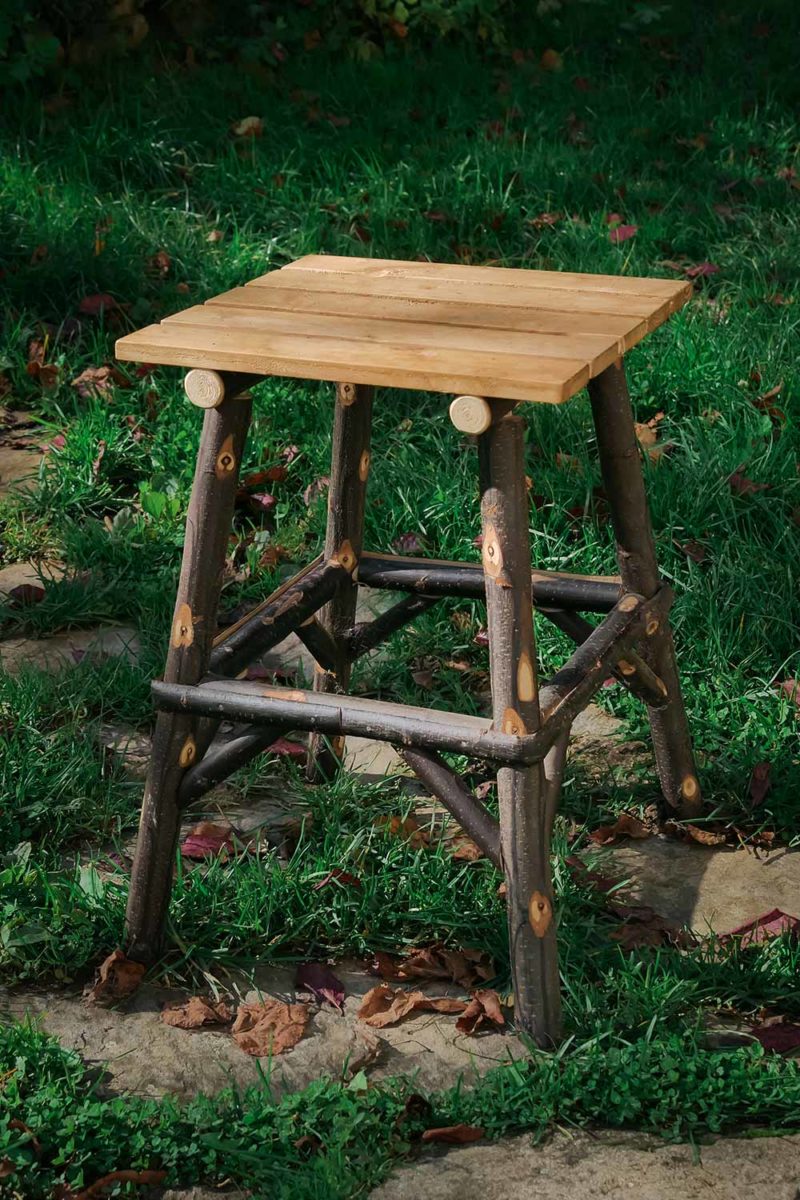
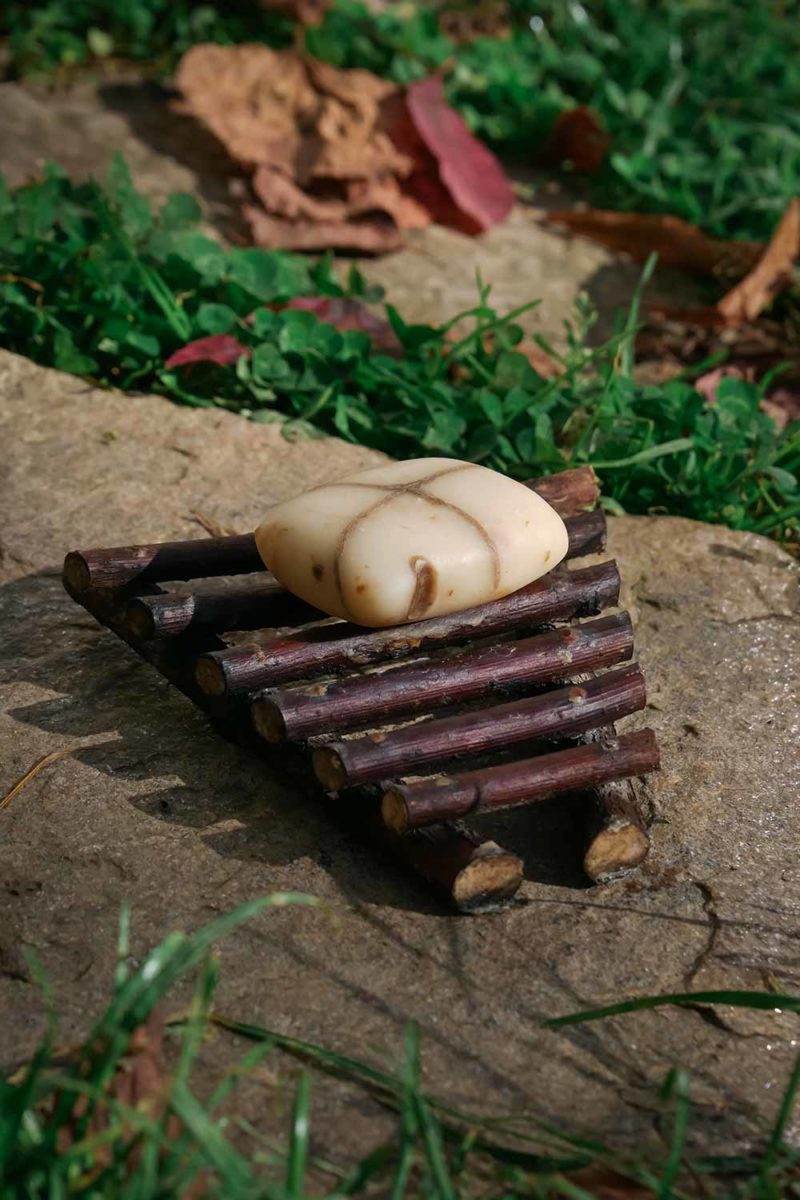
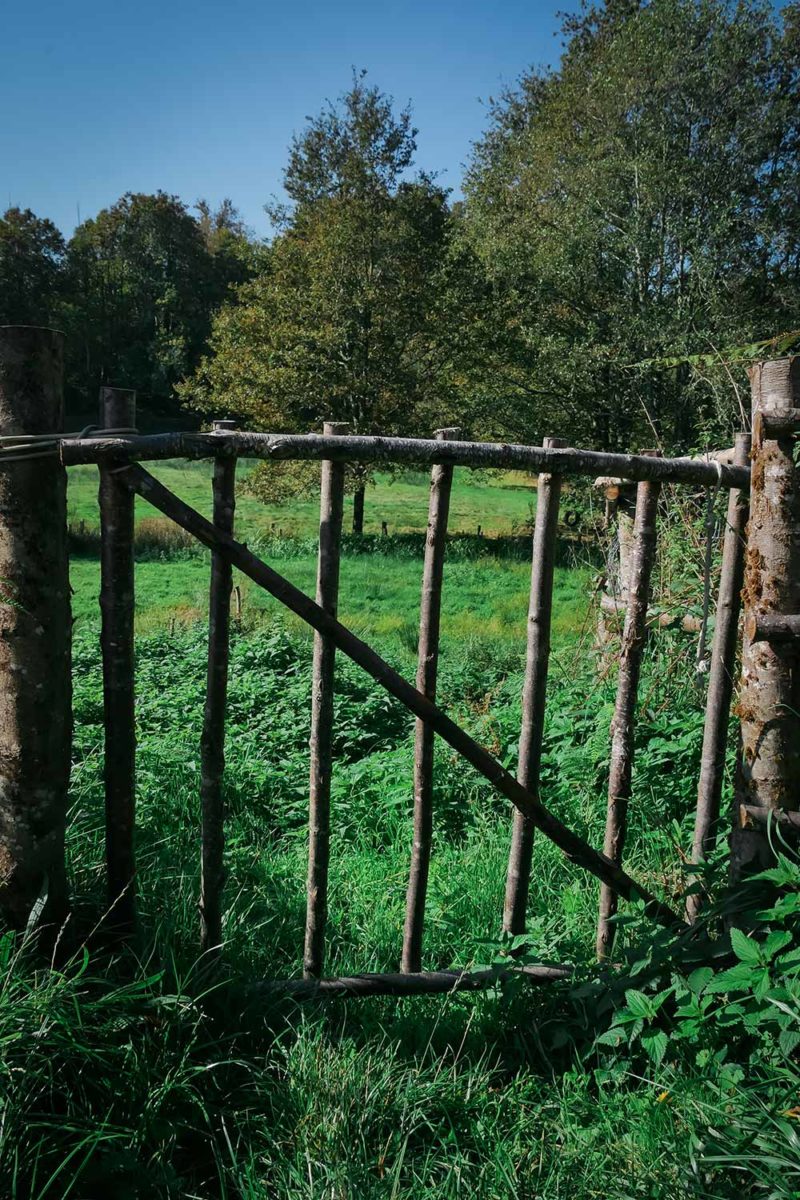
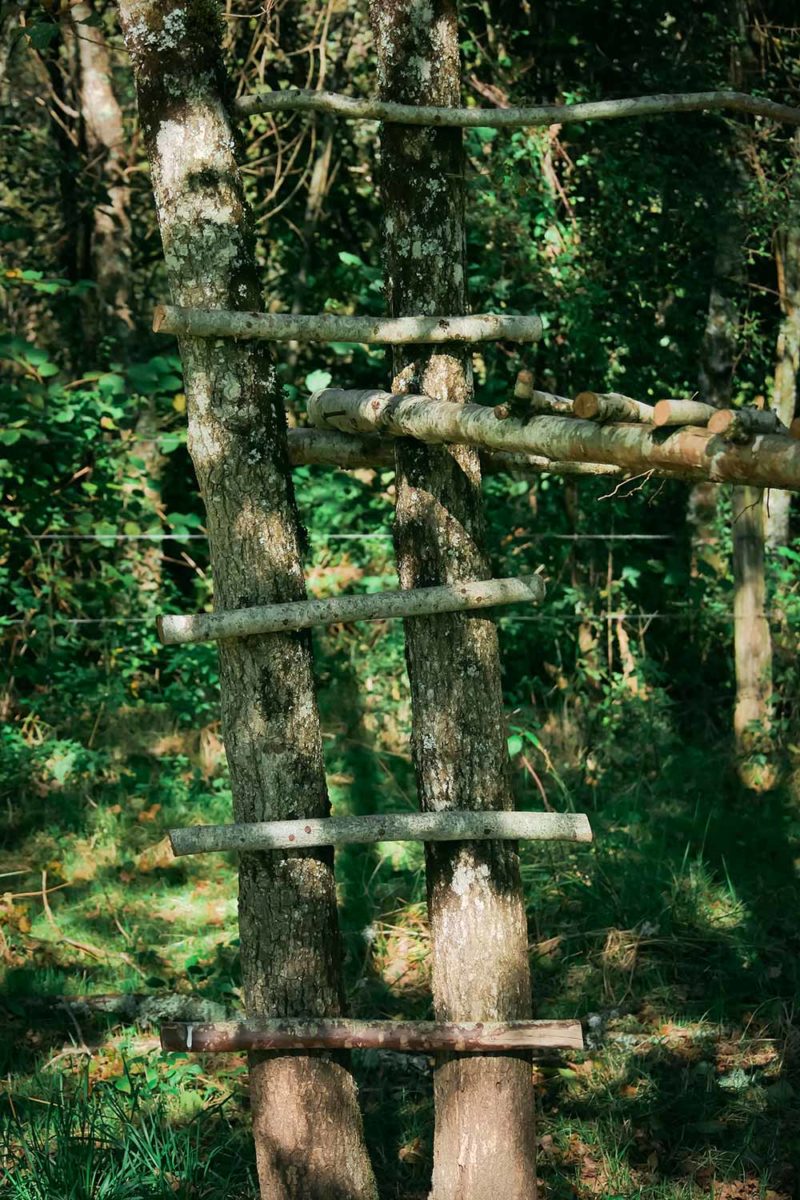
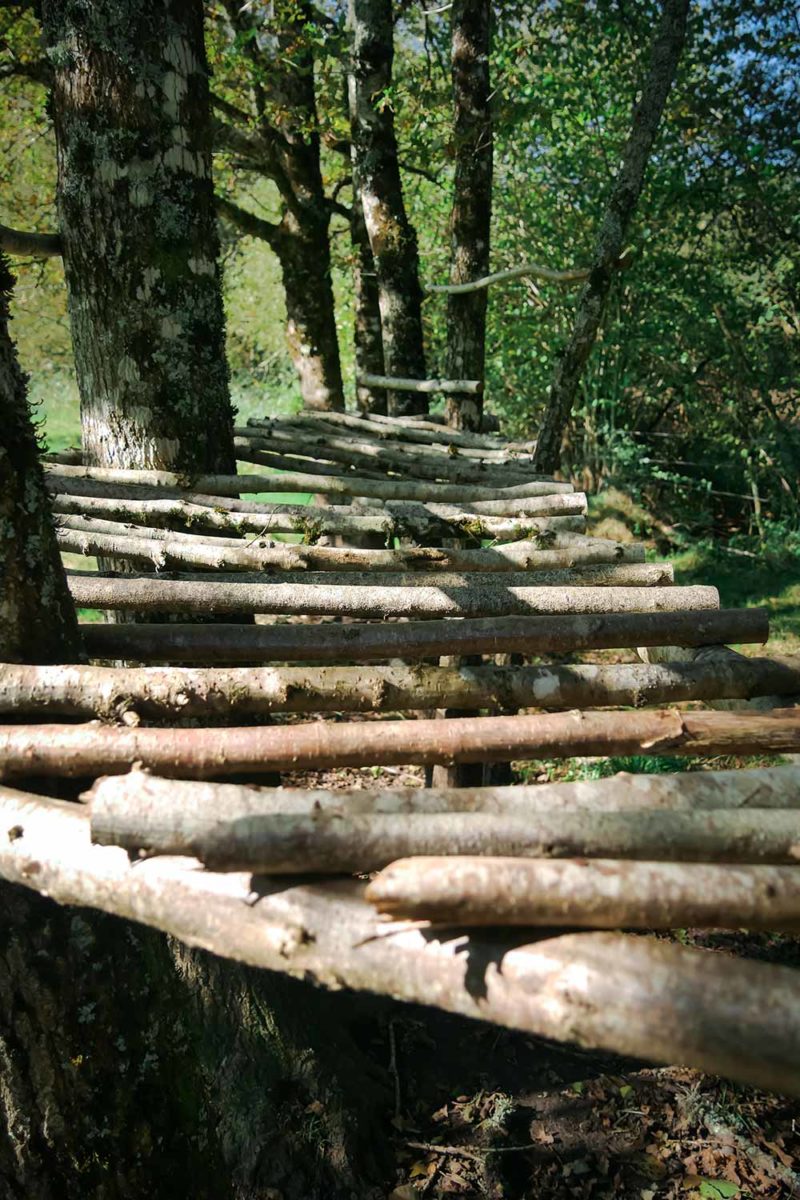
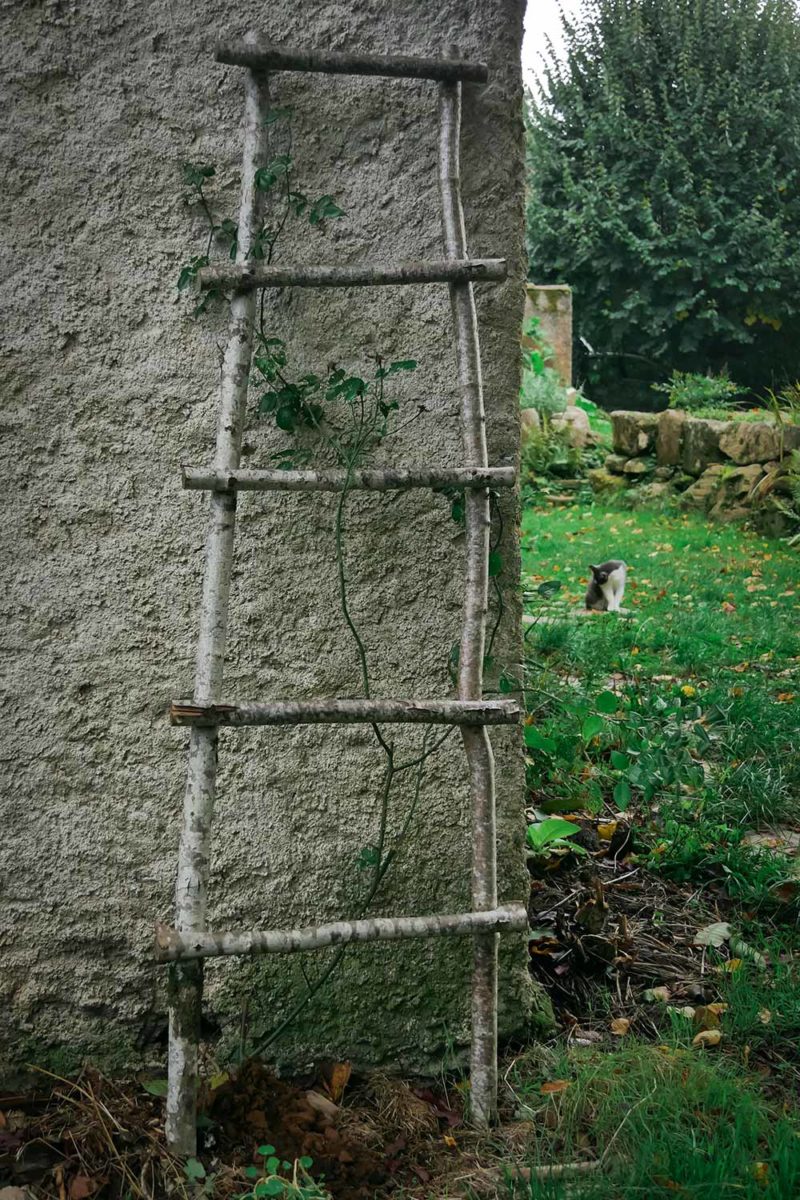
Different types of wooden fittings visible on the farm: a stool, a soap dish, a gate, a rudimentary ladder, a platform and a ladder.
